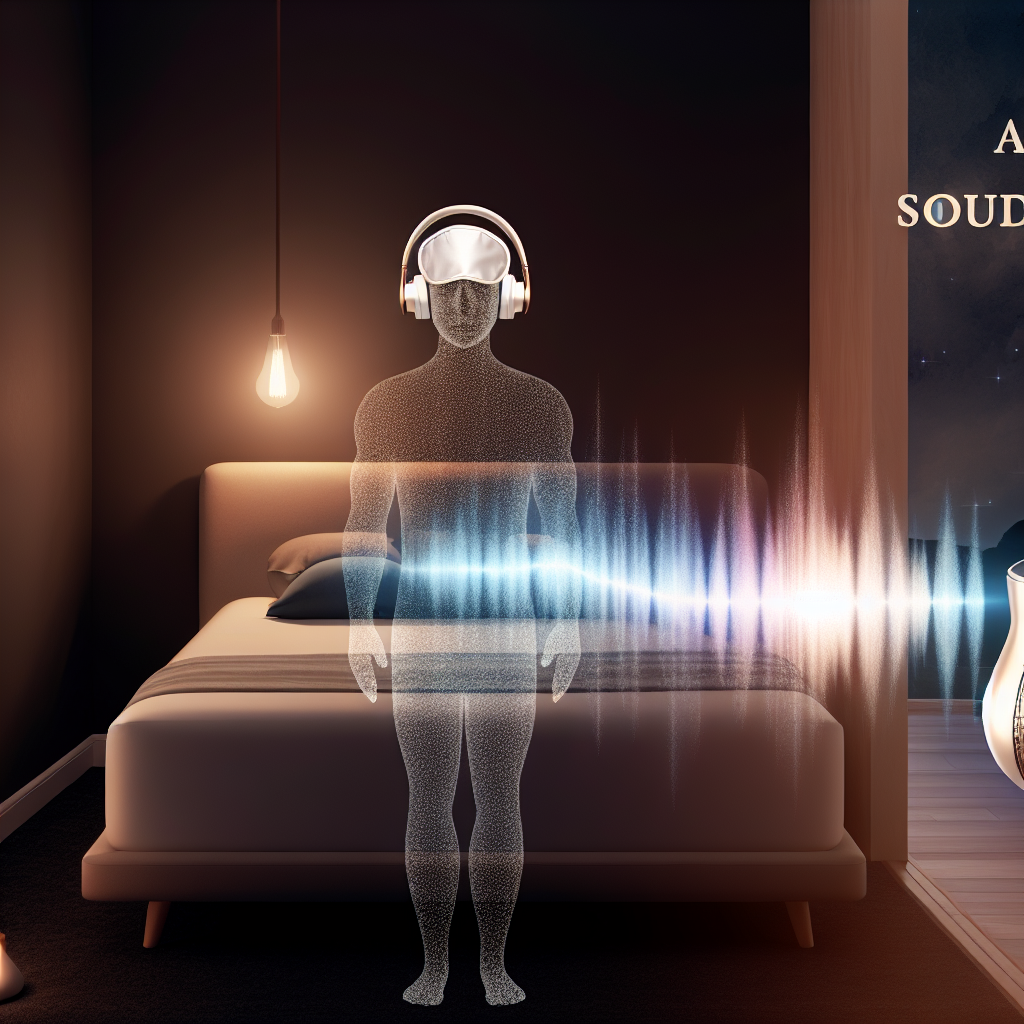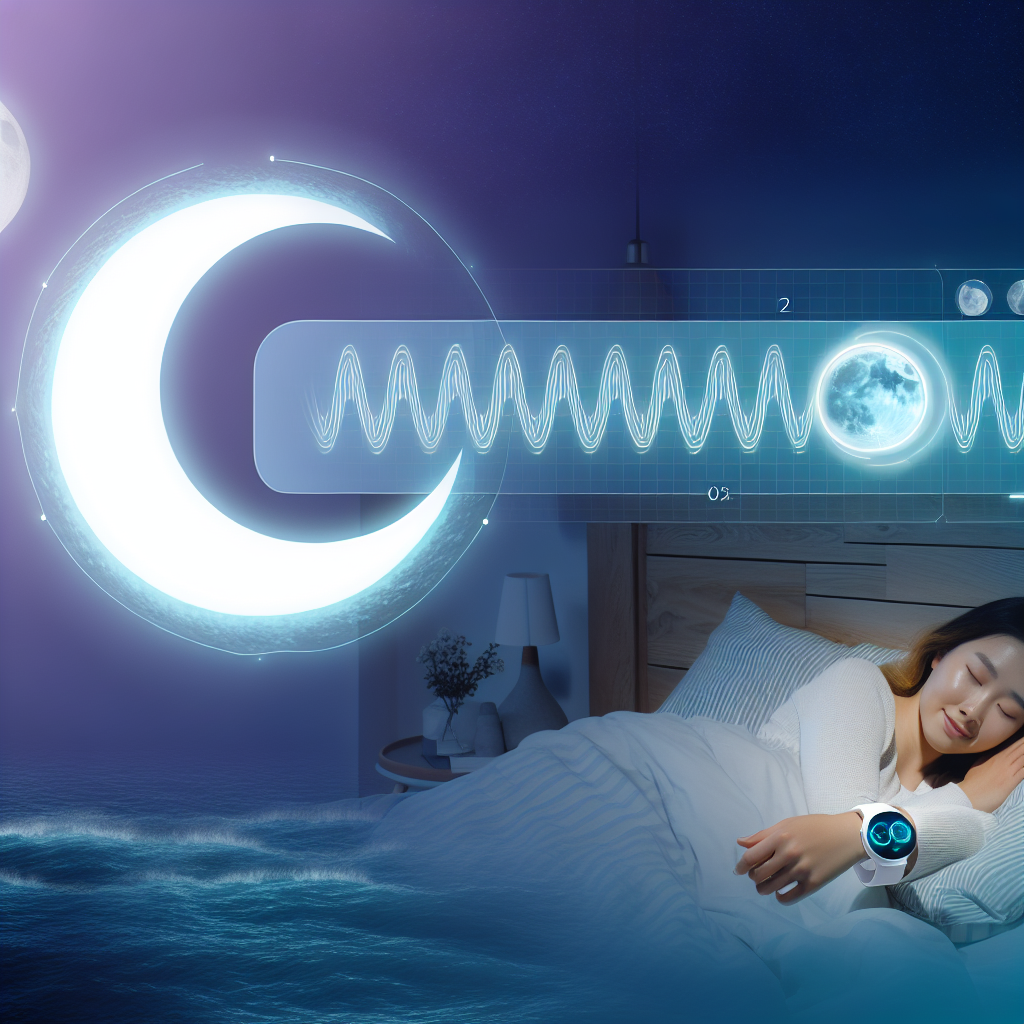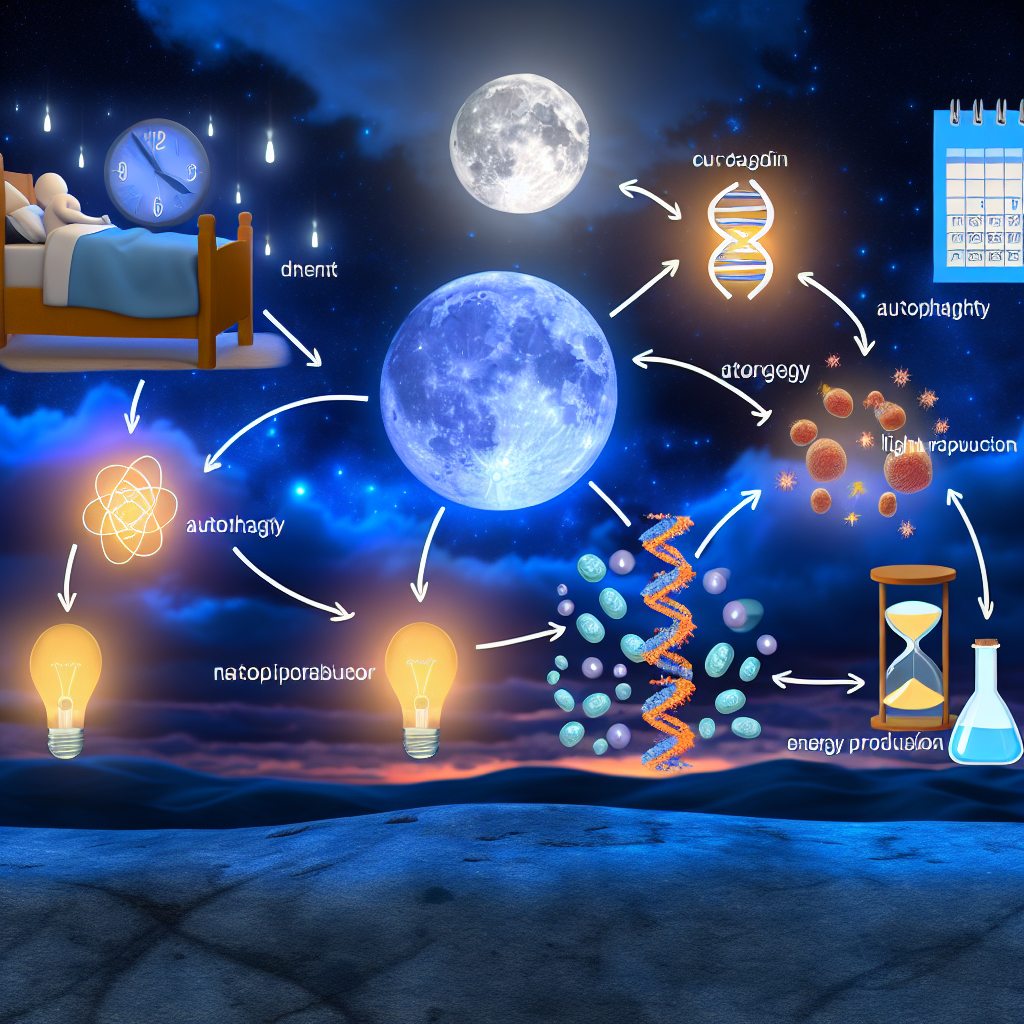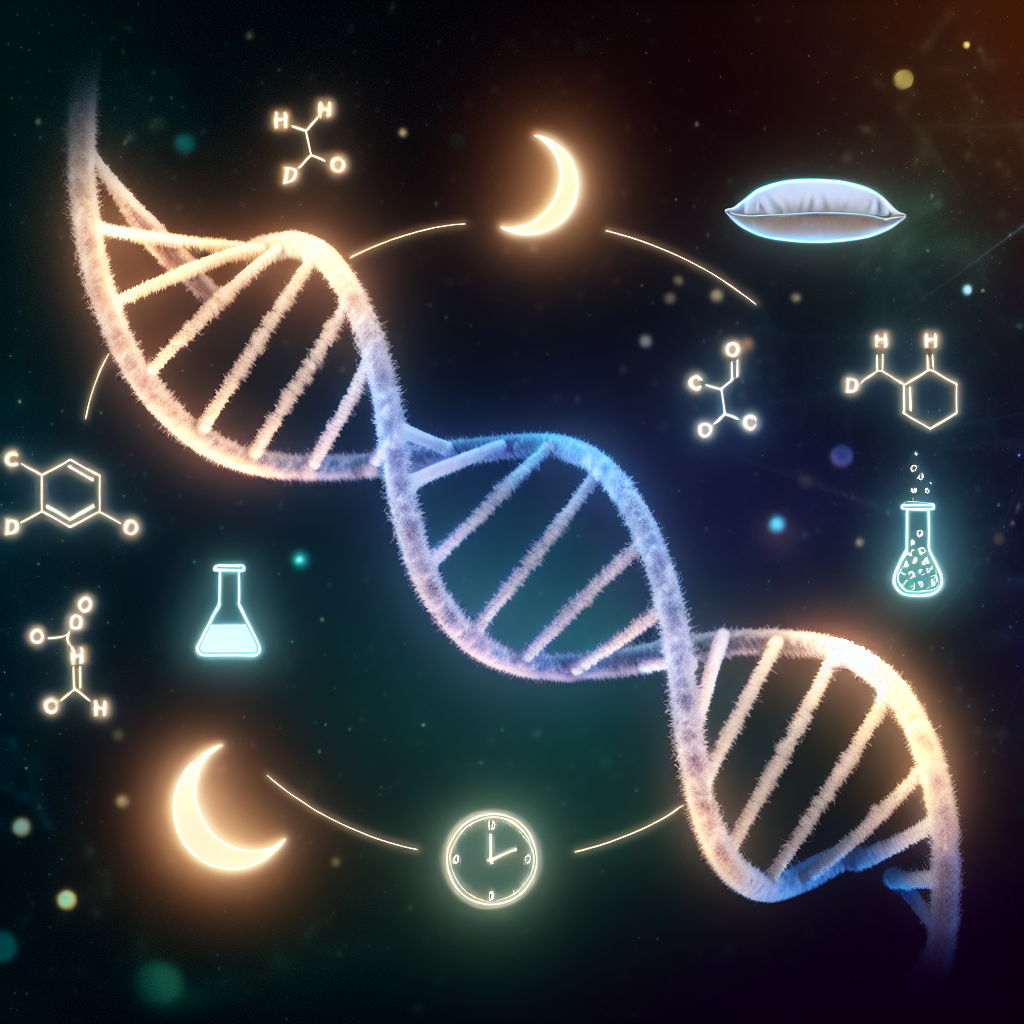Sound Therapy: Advanced Sleep Applications
Introduction
Quality sleep is essential for physical and mental well-being, yet millions of people worldwide struggle with insomnia, sleep disturbances, and poor sleep hygiene. The quest for better sleep solutions has led to the rise of various non-pharmacological interventions, one of the most promising being sound therapy. Sound therapy utilizes auditory stimulation to influence brain waves, regulate the nervous system, and enhance overall sleep quality.
The relationship between sound and sleep is well-documented in scientific literature. From ancient civilizations using melodic lullabies to modern-day white noise machines, sound has long been regarded as a foundational tool for relaxation and rest. However, traditional methods have evolved significantly, paving the way for advanced sound therapy applications that leverage technology, neuroscience, and psychology to promote deeper, more restorative sleep.
Recent developments in sound therapy for sleep include binaural beats, pink noise, white noise, ASMR (Autonomous Sensory Meridian Response), and individualized soundscapes tailored to specific sleep disorders. These innovations offer promising results for people suffering from stress-induced insomnia, sleep apnea, and nocturnal awakenings. Research indicates that different frequencies and sound modulations can alter brain wave activity, guiding the mind into relaxed states conducive to better sleep.
A primary mechanism behind sound therapy is its ability to engage the parasympathetic nervous system—responsible for relaxation—and reduce hyperarousal caused by stress, anxiety, or environmental noise disruptions. For instance, studies have shown that steady sound frequencies help mask disruptive noises, stabilize heart rate variability, and encourage slow-wave sleep, critical for cognitive restoration and physical healing.
Additionally, smart technology and mobile applications now allow for personalized sleep-enhancing audio experiences. AI-driven sound therapy tools analyze an individual’s sleep patterns and adapt frequencies accordingly, ensuring maximum effectiveness. Furthermore, clinical trials continue to explore the long-term benefits of sound therapy, with fascinating evidence suggesting improvements in not only sleep duration but cognitive performance, emotional well-being, and overall sleep architecture.
This article delves into the latest scientific insights and emerging technologies in sound therapy, providing readers with a comprehensive understanding of how auditory stimulation can serve as a powerful, natural intervention for achieving optimal sleep health.
How Science Backs Sound Therapy for Sleep
The effectiveness of sound therapy for sleep has attracted considerable attention from researchers, leading to multiple studies examining its potential. Various sound modalities, including binaural beats, pink noise, and white noise, have demonstrated positive sleep-inducing effects.
Binaural Beats: A Gateway to Relaxation and Deep Sleep
Binaural beats are auditory illusions produced when two tones at slightly different frequencies are presented to each ear. Research indicates that listening to binaural beats at certain frequencies can synchronize with brainwave patterns to promote relaxation and sleep.
A study published in *Frontiers in Human Neuroscience* found that binaural beats elicited significant changes in brain activity, reducing anxiety and fostering deeper states of sleep ([Garcia-Argibay, Sueur, & Hoenig, 2019](https://www.frontiersin.org/articles/10.3389/fnhum.2019.00399/full)).
Pink Noise: Enhancing Deep Sleep and Memory
Pink noise, which consists of a balanced blend of frequencies, has been shown to enhance sleep depth and memory consolidation.
A study published in *Scientific Reports* demonstrated that elderly participants who slept while exposed to pink noise experienced improved deep sleep and cognitive recall ([Zhu et al., 2018](https://www.nature.com/articles/s41598-017-17766-z)). Unlike white noise, pink noise is more natural-sounding and aligns closely with patterns found in nature, such as rustling leaves or rainfall, which contribute to relaxation and sleep stability.
White Noise: A Powerful Tool to Combat Insomnia
White noise, often used as a masking sound for disrupted sleep, has proven beneficial for individuals living in noisy environments.
A clinical evaluation published in *Sleep Medicine* found that white noise improved sleep onset latency and reduced nighttime awakenings in patients experiencing insomnia ([Ebben & Yan, 2018](https://www.sciencedirect.com/science/article/abs/pii/S1389945718306453)).
By creating a steady acoustic background, white noise masks external disturbances, making it easier for the brain to maintain sleep continuity.
ASMR: Tapping into Sensory Relaxation for Sleep
Autonomous Sensory Meridian Response (ASMR) is characterized by tingly, calming sensations triggered by certain audio stimuli.
A study conducted by researchers at the University of Sheffield found that ASMR significantly lowered heart rate and increased relaxation, helping individuals transition into sleep more effortlessly ([Poerio et al., 2018](https://www.sciencedirect.com/science/article/pii/S0006899318302922)).
ASMR-based sleep therapy has gained traction due to its ability to activate the parasympathetic nervous system, reducing stress-related insomnia.
AI-Powered Sound Therapy: The Future of Personalized Sleep
Emerging technologies now integrate artificial intelligence (AI) to fine-tune sound therapy based on real-time sleep data.
Companies like Dreem and SleepScore Labs employ AI-driven soundscapes that adjust dynamically throughout sleep cycles, optimizing relaxation and maximizing restfulness.
Early research into AI-assisted sleep therapy suggests heightened efficacy compared to traditional audio solutions, paving the way for intelligent, science-backed sleep interventions.
The Future of Sound Therapy for Sleep
Sound therapy represents a revolutionary, scientifically-supported method for achieving deeper, more restorative sleep. As explored in this article, multiple studies confirm the effectiveness of various auditory stimuli—including binaural beats, pink noise, white noise, ASMR, and AI-driven soundscapes—in promoting relaxation, improving sleep architecture, and enhancing cognitive function.
Unlike pharmacological sleep aids, sound therapy is non-invasive, free from side effects, and adaptable to individual needs, making it an ideal solution for individuals across all age groups. Whether through a personalized app, smart technology, or a simple white noise machine, auditory stimulation has the potential to significantly improve sleep quality and overall well-being.
As research progresses, the future of sound therapy looks promising. By leveraging advancements in neuroscience, AI, and biofeedback mechanisms, sleep specialists and researchers are continually refining therapeutic applications to optimize sleep naturally. Embracing sound therapy as part of a holistic sleep strategy can lead to not only better rest but also improved physical and mental health in the long run.
References
– Garcia-Argibay, M., Sueur, J., & Hoenig, K. (2019). “Binaural beats and their influence on cognition and mood states.” *Frontiers in Human Neuroscience*. [Link](https://www.frontiersin.org/articles/10.3389/fnhum.2019.00399/full)
– Zhu, X., et al. (2018). “The impact of pink noise on sleep stability and memory consolidation.” *Scientific Reports*. [Link](https://www.nature.com/articles/s41598-017-17766-z)
– Ebben, M. R., & Yan, P. (2018). “White noise and its effect on insomnia symptoms: A clinical study.” *Sleep Medicine*. [Link](https://www.sciencedirect.com/science/article/abs/pii/S1389945718306453)
– Poerio, G. L., et al. (2018). “Autonomous Sensory Meridian Response (ASMR): A physiological and psychological analysis.” *Brain Research*. [Link](https://www.sciencedirect.com/science/article/pii/S0006899318302922)
By integrating sound therapy into nightly routines, individuals can experience a significant improvement in their sleep patterns while benefiting from a natural and innovative solution for restful, rejuvenating sleep.
Summary:
Sound therapy is a promising non-pharmacological intervention for improving sleep quality. It utilizes various auditory stimuli, such as binaural beats, pink noise, white noise, and ASMR, to influence brain waves, regulate the nervous system, and promote relaxation. Numerous studies have demonstrated the effectiveness of these sound modalities in enhancing sleep depth, reducing insomnia, and improving cognitive performance. Furthermore, emerging technologies, including AI-driven soundscapes, are paving the way for personalized, adaptive sound therapy solutions. As research continues to explore the long-term benefits of this natural approach, sound therapy is poised to become a transformative tool for achieving optimal sleep health.

Dominic E. is a passionate filmmaker navigating the exciting intersection of art and science. By day, he delves into the complexities of the human body as a full-time medical writer, meticulously translating intricate medical concepts into accessible and engaging narratives. By night, he explores the boundless realm of cinematic storytelling, crafting narratives that evoke emotion and challenge perspectives.
Film Student and Full-time Medical Writer for ContentVendor.com




